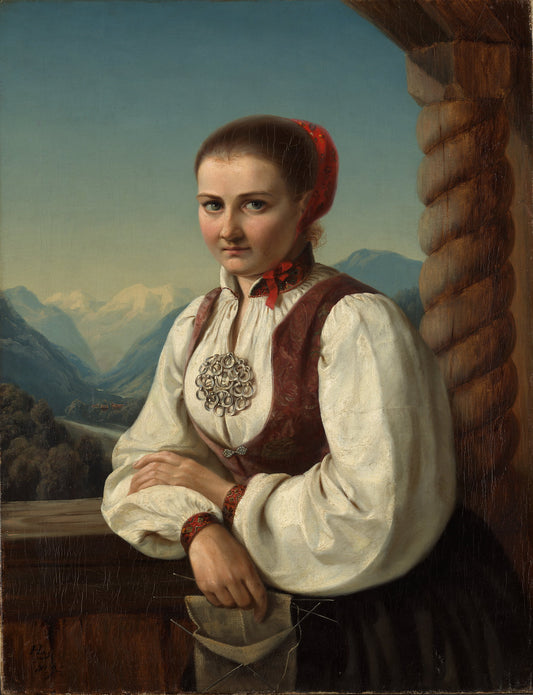Collection: Hedevig Thorine Christiane Lund
-
Female portrait
Vendor:Hedevig Thorine Christiane LundRegular price From 150,00 NOKRegular priceUnit price per -
Girl dressed in underwear in the hallway
Vendor:Hedevig Thorine Christiane LundRegular price From 150,00 NOKRegular priceUnit price per -
Landscape study, Borrevannet
Vendor:Hedevig Thorine Christiane LundRegular price From 150,00 NOKRegular priceUnit price per



